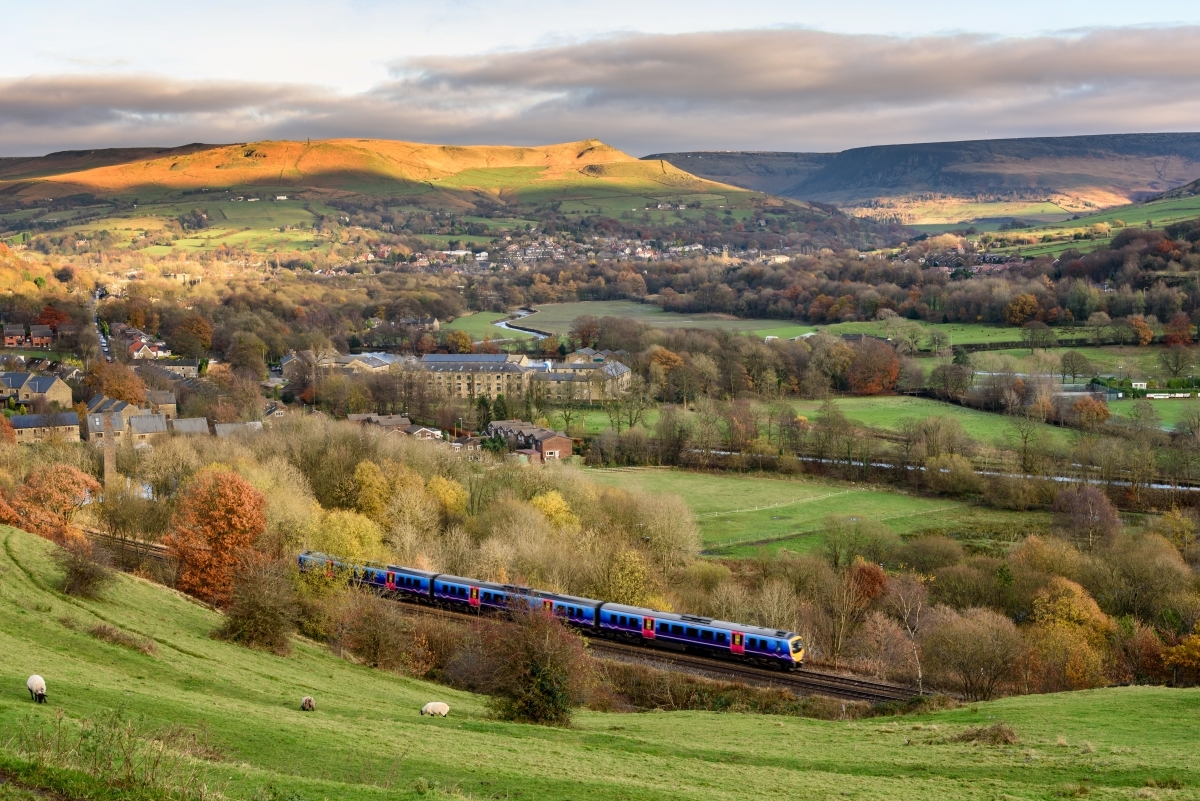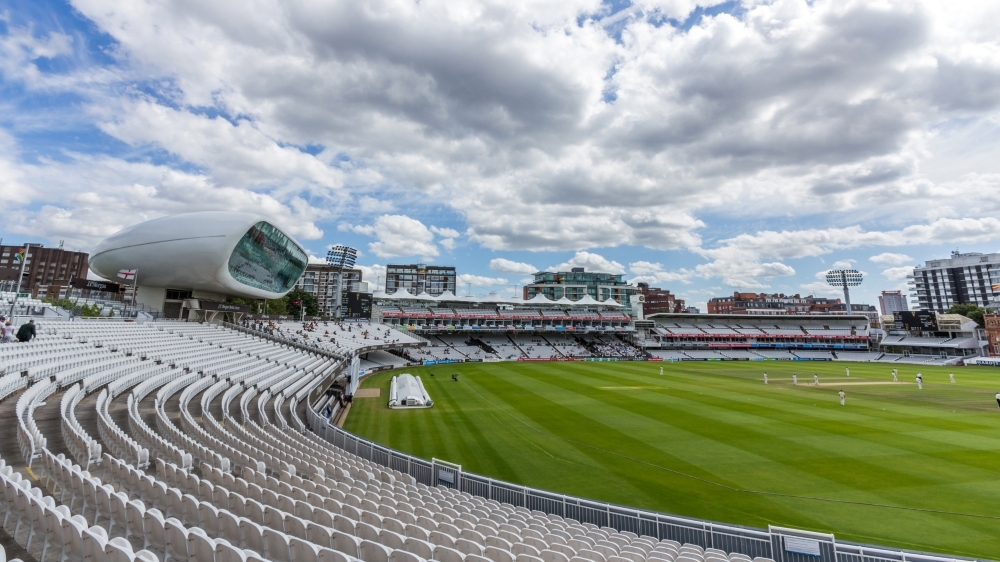The Best Towns to Live in The UK
With castles, woodlands, and pubs galore, the United Kingdom is one of the most sought-after countries to live in. Boasting a kaleidoscope of cultures, a rich tapestry of artistic endeavours, and an affable community, one is assured a great life in the island nation.

Be it bustling city life or a quiet retreat in the hinterlands, the UK provides incredible standards of living. There are over 43,452 towns and villages spread across England, Wales, Scotland, and Northern Ireland, leaving resident aspirants spoiled for choice. Read on to discover the best towns to live in the UK.
North Berwick, Scotland
Perched on the southern shore of the Firth of Forth, North Berwick is Scotland’s favourite seaside paradise. It ranked first in the Sunday Times’ “Best Places to Live in the UK” guide, an annual list compiled based on schools, transport, culture, green spaces, and even broadband speed.
The town is enveloped by the azure waters of the North Sea and the Firth of Forth. Owing to its briny splendour, North Berwick became an upscale resort retreat in the 19th century, in spite of its delay in taking to the industrial revolution. Blossoming with seaside tranquillity, golf courses, and holiday funfare, the town became a haven for Edinburgh retirees.
North Berwick’s coastal respite has endured strongly to this day. It hosts an eclectic range of independent shops, signalling a rich local business community. Natural bounties, from the wildflower gardens to the world’s largest northern gannet colony and the Scottish Seabird Centre, further embolden the town's raw beauty.
North Berwick’s wonders come at a steep price, and it has consistently remained one of Scotland’s most expensive towns.
Also Read: Top 10 Best Small Towns to Live in UK
Harrogate, England
Steeped in history and lavished in lush gardens, Harrogate is an affluent town tucked away in North Yorkshire, England. It is famously known as one of Yorkshire’s most expensive gems.
It was the discovery of Harrogate’s chalybeate and sulphur-rich spring waters that propelled the town to fame. With countless natural springs being uncovered in different parts of the town and its medicinal properties being endorsed by mediaeval doctors, Harrogate witnessed a steady rise in tourism and living standards. By the 17th and 18th centuries, the town was brimming with inns – it came to be known as the “English Spa.”
Besides its archaic beauty and modern sophistication, today the town is known for its verdant greens, floral environs, million-dollar homes, outstanding schools, and artisan shopping centres.
Also Read: Best UK Cities for Shopping
Porthmadog, Gwynedd, Wales
Porthmadog, with a fascinating maritime history and an abundance of walking trails, is ensconced on the Glaslyn Estuary in North Wales.
The coastal delight is a relatively new town, having come into existence only in the 19th century. Between 1808 and 1811, William Madocks built a sea wall known as the Cob and reclaimed 7,000 acres of Traeth Mawr (a bit of low land that was once under the sea) for agricultural purposes. A natural harbour was created, big enough for sailing boats. Thus, Porthmadog flourished as a port town by the mid-19th century – the population increased from 885 in 1821 to over 3,000 by 1861.
The harbour town is known for its local markets, black rock llamas, luxury cottages, and low crime rate. It was voted the best place to live in the Gwynedd district of North Wales by the Sunday Times.
Also Read: Best Beaches in The UK
Dunkeld, Perthshire, Scotland
Lying on the banks of the River Tay, Dunkeld is known as the “Gateway to the Highlands.” Decked out in Scottish greens and pivoting around an ancient cathedral, Dunkeld is indeed a hinterland getaway.
Dunkeld was built on the community of Celtic Christianity by Causantín mac Fergusa, king of the Pict people. Its tiny church, which was created to preserve the relic of St. Columba, evolved into a cathedral in 1127. As the cathedral enlarged during the mediaeval period, Dunkeld became a prominent spiritual centre. However, the fruits of industrialisation reached the town rather late.
Dunkeld is famous for preserving mediaeval Scotland’s rustic charm and is peppered with brightly coloured houses dating to the 1600s. The Sunday Times crowned it the best place to live in Scotland in 2023.
Also Read: Best Gardens to Visit in the UK
Portstewart, Northern Ireland
Spanning a small stretch of Londonderry County, Portstewart is a charming little town in Northern Ireland.
In 1734, Lieutenant Stewart acquired a small piece of land from the fifth Earl of Antrim. About five decades later, Lieutenant Stewart’s descendant, John Cromie, developed the land into a seaside resort and founded the town of Portstewart. With its jaded, crescent moon-shaped shore dotted with rocky headlands, it rose to become a popular tourist haunt for rich Victorian families. The little resort town soon expanded with lavish cottages, golf courses, a convent, and a grammar school.
At present, Portstewart is one of Northern Ireland’s most prosperous small towns, ranking very low in the country’s deprivation index. Hosting million-dollar seafront mansions, it was featured as “the best place to live in Northern Ireland” in the Sunday Times’ annual guide.
Also Read: Best County to Live in UK
St. Andrews, Scotland
St. Andrews is a shining jewel in Scotland’s coastal crown – with its staggering, quaint allure, biscuit-hued castles, and distinguished golf courses, it is Scotland’s most expensive town.
St. Andrews is a celebrated town for its many accolades. It is home to the University of St. Andrews, the third-oldest university in the English-speaking world. It is also known as the “home of golf,” as its very own Royal and Ancient Golf Club of St Andrews was the universally recognised authority of the sport until 2004.
The region has been buzzing with activity since the Stone Age era. It grew into a settlement in the mid-8th century, when Pictish king Oengus I established a monastery in the region with a handful of relics of Saint Andrew. After his successor, Causantín mac Cináeda, built a church near the monastery, it started blooming into the town we know today.
In 1160, a major cathedral was built in St. Andrews, which became the most significant place of worship in mediaeval Scotland and is still a vital centre for Christianity in Europe. At this juncture, owing to the town’s status as the region’s ecclesiastical capital, it held immense economic, social, and political sway.
Its prominence, wealth, and propertied society never diminished. The town is still Scotland’s key custodian of history, civilisation, and culture. St. Andrews' well-heeled residents repose in a bucolic lap of luxury, exemplifying it as a deeply enviable postcode.
Also Read: Best Seaside Towns to Live UK
Harpenden, England
Residing in the heart of Hertfordshire County, Harpenden is a quiet town with a high net worth.
The thickly wooded expanse developed into a town in 1060, when Westminster Abbey was clearing out dense farmlands and insignificant hamlets. After the establishment of a small church referred to as Harpendene, a lively village developed around the place of worship.
Later in the Middle Ages, the village started flourishing due to its straw-weaving trade. Then, in the mid-19th century, the industrial revolution completely transformed the humble village into a town – farmlands were sold for residential projects, and the railway system devised a direct connection with London.
Owing to its proximity to London, picturesque landscape, and exemplary state schools, it grew into a famously upmarket town in England. The town’s real estate market is populated with baroque Victorian and Gothic mansions worth millions, and its quintessentially English high street brims with boujee eateries and high-end retail stores.
With its regal history, vibrant cultural tapestry, and immense prosperity, the United Kingdom is indeed one of the world's most coveted residences. It is impossible not to be captivated by the country’s remarkable quality of life and living. Take off to the isles and discover your haven – your new home beckons you.



